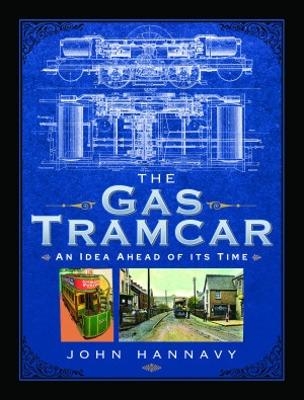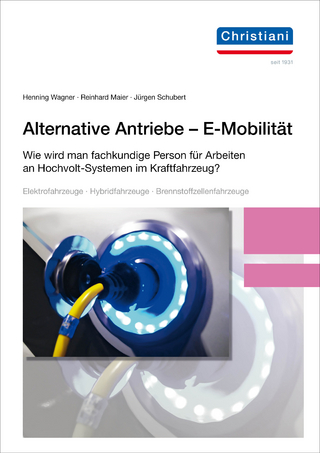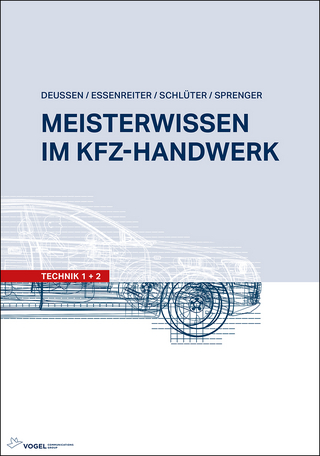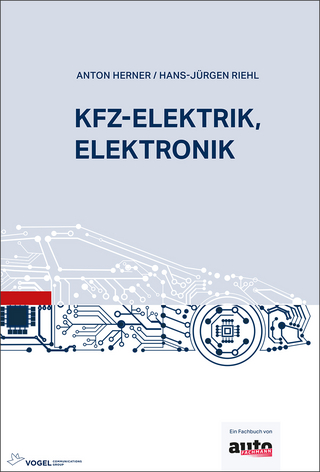
The Gas Tramcar
An Idea Ahead of its Time
Seiten
2022
Pen & Sword Transport (Verlag)
978-1-3990-9601-0 (ISBN)
Pen & Sword Transport (Verlag)
978-1-3990-9601-0 (ISBN)
The first comprehensive history of gas-engined trams.
The Gas Tram was a short-lived phenomenon which briefly seemed to herald a new way forward in tramcar design, replacing horses and steam locomotives on the streets with quieter and smoother travel. One of the major advantages of the gas tram, according to those who proposed it, was the low capital cost of the conversion, and all without the need to install the expensive overhead catenary required for electric traction.
Designs for gas tramcars were patented all over the world, and systems were briefly operated in Germany, Australia, Holland, Switzerland and the UK, and proposed in France, New Zealand and the USA. The fuel was invariably domestic 'town gas' drawn from the local gasworks, and the vehicles were said to be very cheap to run.
This was a development which was probably a century ahead of its time - with twenty-first century gas systems, using much greener biomethane as a fuel, currently being developed in the UK, Korea, China and elsewhere, and biomethane-fuelled trams already in service in Dubai and Aruba.
Derived from the natural decomposition of organic waste which would otherwise be released into the atmosphere, biomethane is a clean and green alternative to fossil fuels.
Other vehicles, using hydrogen fuel cells to generate electricity, are being developed in several countries.
This book - the first ever comprehensive history of these vehicles - uses many previously unpublished photographs, drawings and patents.
The Gas Tram was a short-lived phenomenon which briefly seemed to herald a new way forward in tramcar design, replacing horses and steam locomotives on the streets with quieter and smoother travel. One of the major advantages of the gas tram, according to those who proposed it, was the low capital cost of the conversion, and all without the need to install the expensive overhead catenary required for electric traction.
Designs for gas tramcars were patented all over the world, and systems were briefly operated in Germany, Australia, Holland, Switzerland and the UK, and proposed in France, New Zealand and the USA. The fuel was invariably domestic 'town gas' drawn from the local gasworks, and the vehicles were said to be very cheap to run.
This was a development which was probably a century ahead of its time - with twenty-first century gas systems, using much greener biomethane as a fuel, currently being developed in the UK, Korea, China and elsewhere, and biomethane-fuelled trams already in service in Dubai and Aruba.
Derived from the natural decomposition of organic waste which would otherwise be released into the atmosphere, biomethane is a clean and green alternative to fossil fuels.
Other vehicles, using hydrogen fuel cells to generate electricity, are being developed in several countries.
This book - the first ever comprehensive history of these vehicles - uses many previously unpublished photographs, drawings and patents.
John Hannavy is a writer and photographer with a passion for engineering history. His work regularly appears in heritage magazines. A retired academic, he has written extensively on railways and other forms of transport, steam-powered machines, the history of photography, and the industrial development of Victorian and Edwardian Britain. His previous books Transporter Bridges - an illustrated history and The Governor - controlling the power of steam machines, are both also published by Pen & Sword.
| Erscheinungsdatum | 14.12.2022 |
|---|---|
| Zusatzinfo | 100 colour and 100 mono integrated |
| Verlagsort | Barnsley |
| Sprache | englisch |
| Maße | 216 x 282 mm |
| Themenwelt | Sachbuch/Ratgeber ► Natur / Technik ► Fahrzeuge / Flugzeuge / Schiffe |
| ISBN-10 | 1-3990-9601-X / 139909601X |
| ISBN-13 | 978-1-3990-9601-0 / 9781399096010 |
| Zustand | Neuware |
| Haben Sie eine Frage zum Produkt? |
Mehr entdecken
aus dem Bereich
aus dem Bereich
wie wird man Fachkundiger für Arbeiten an Hochvolt-Systemen im …
Buch | Softcover (2023)
Paul Christiani (Verlag)
68,00 €
Technik 1+2
Buch | Hardcover (2020)
Vogel Communications Group GmbH & Co. KG (Verlag)
129,00 €
Buch | Hardcover (2022)
Vogel Communications Group GmbH & Co. KG (Verlag)
79,80 €


